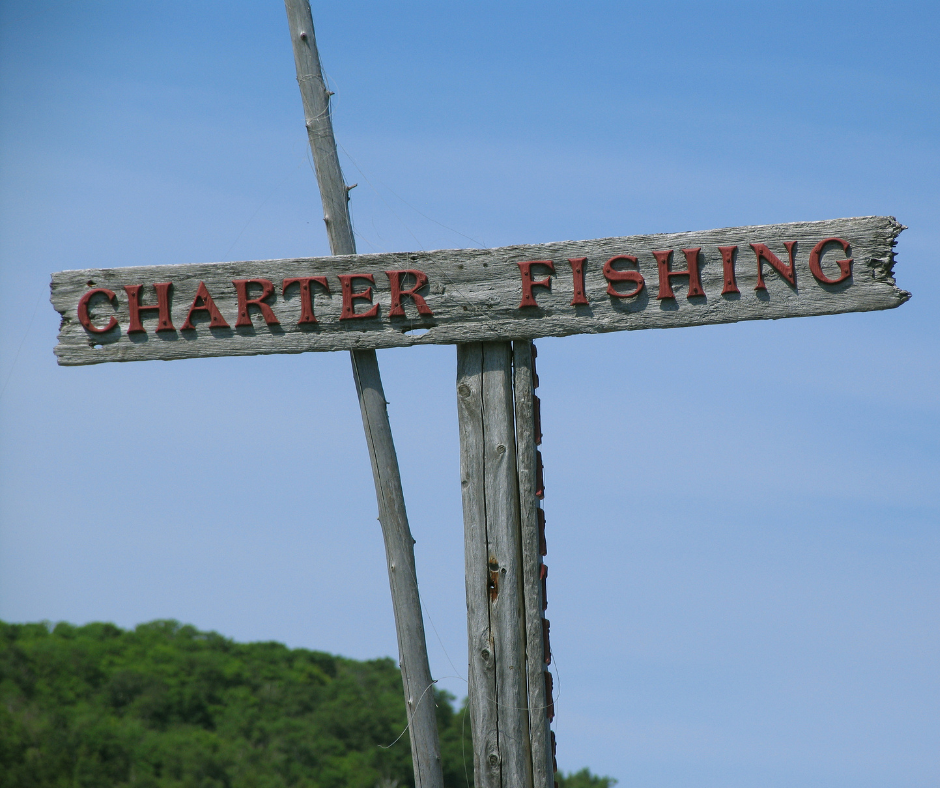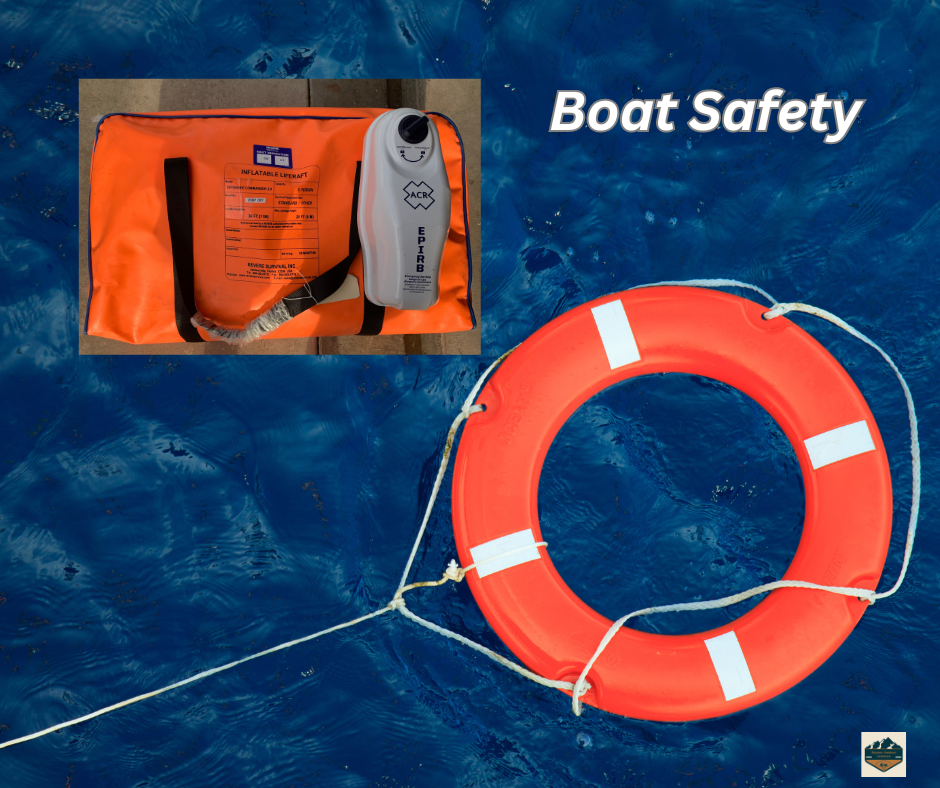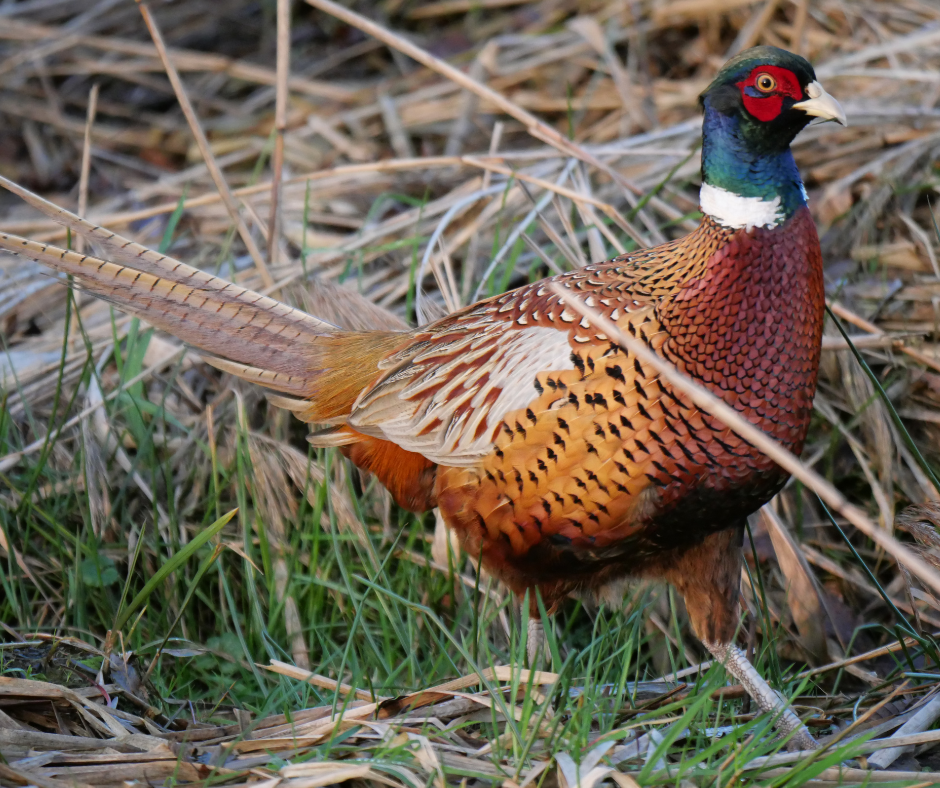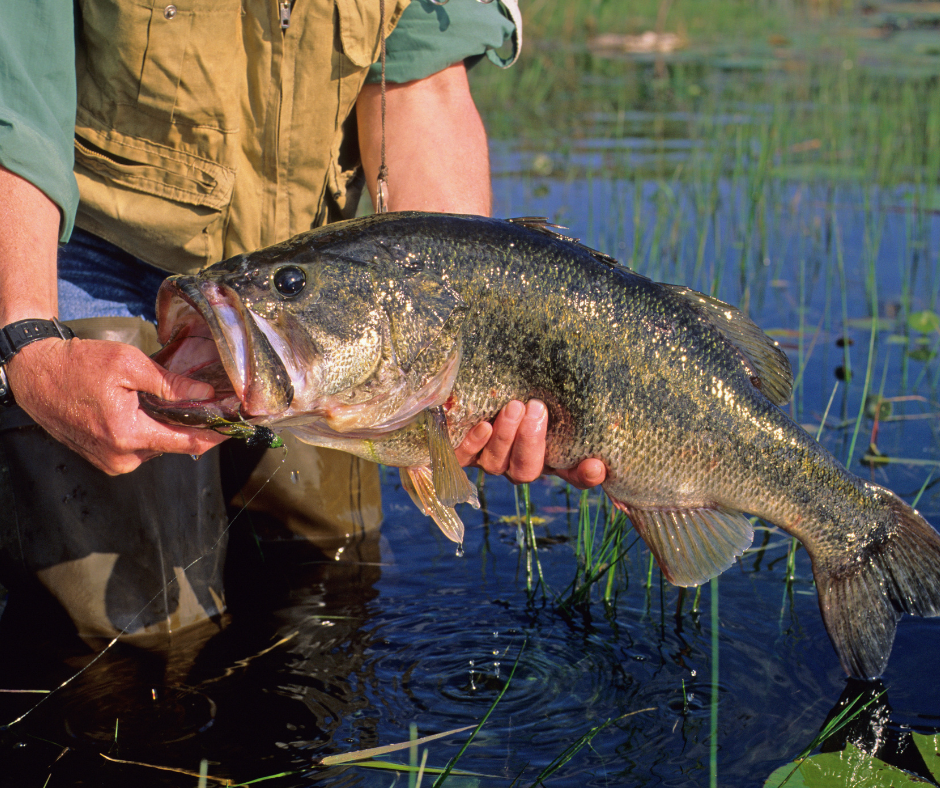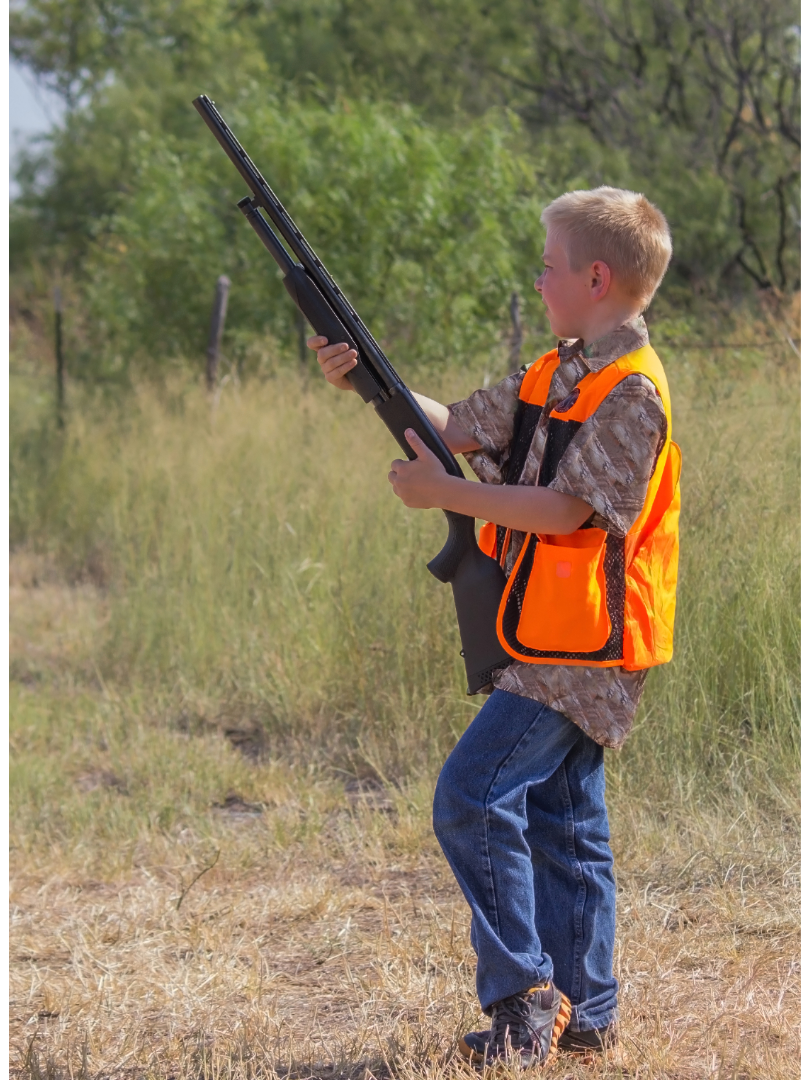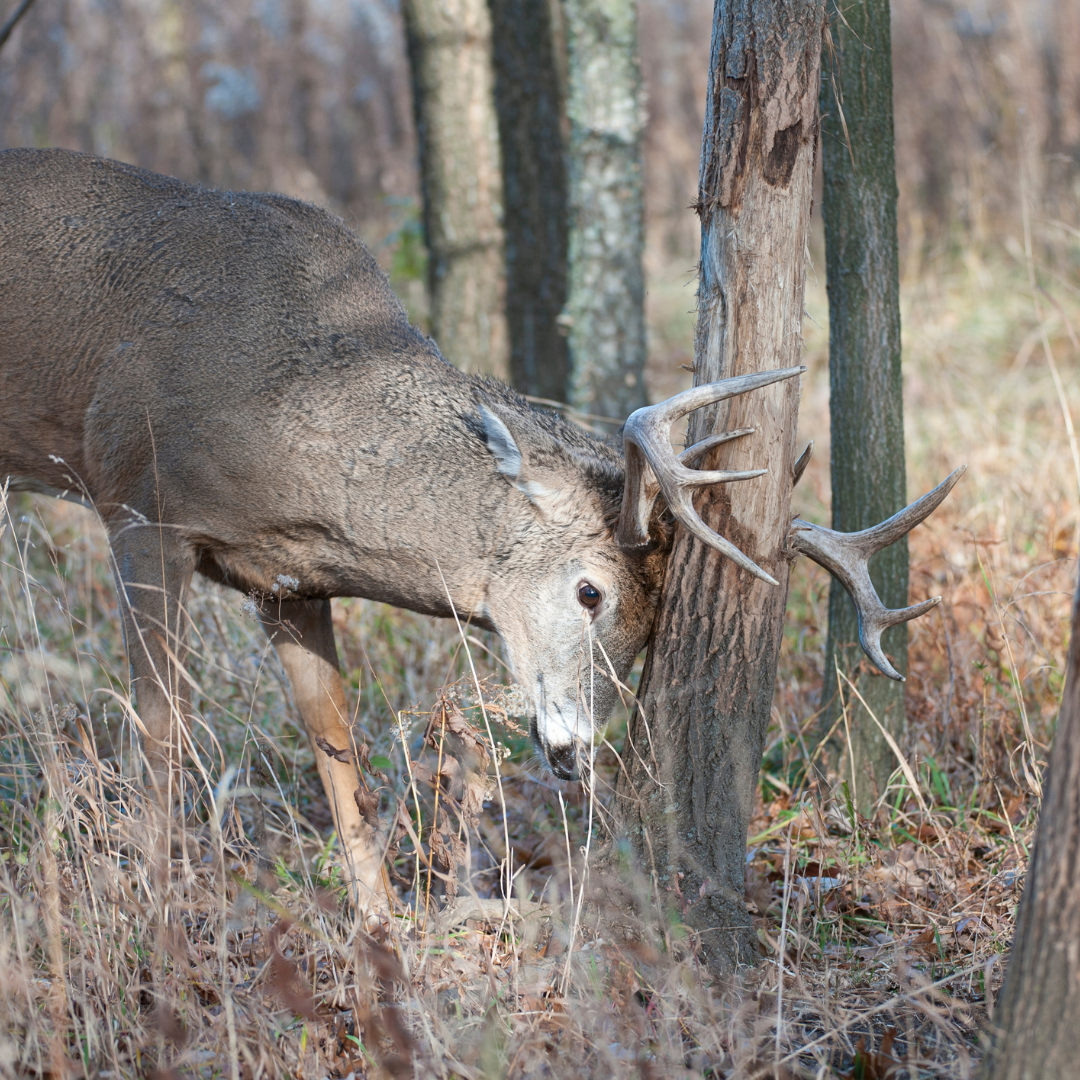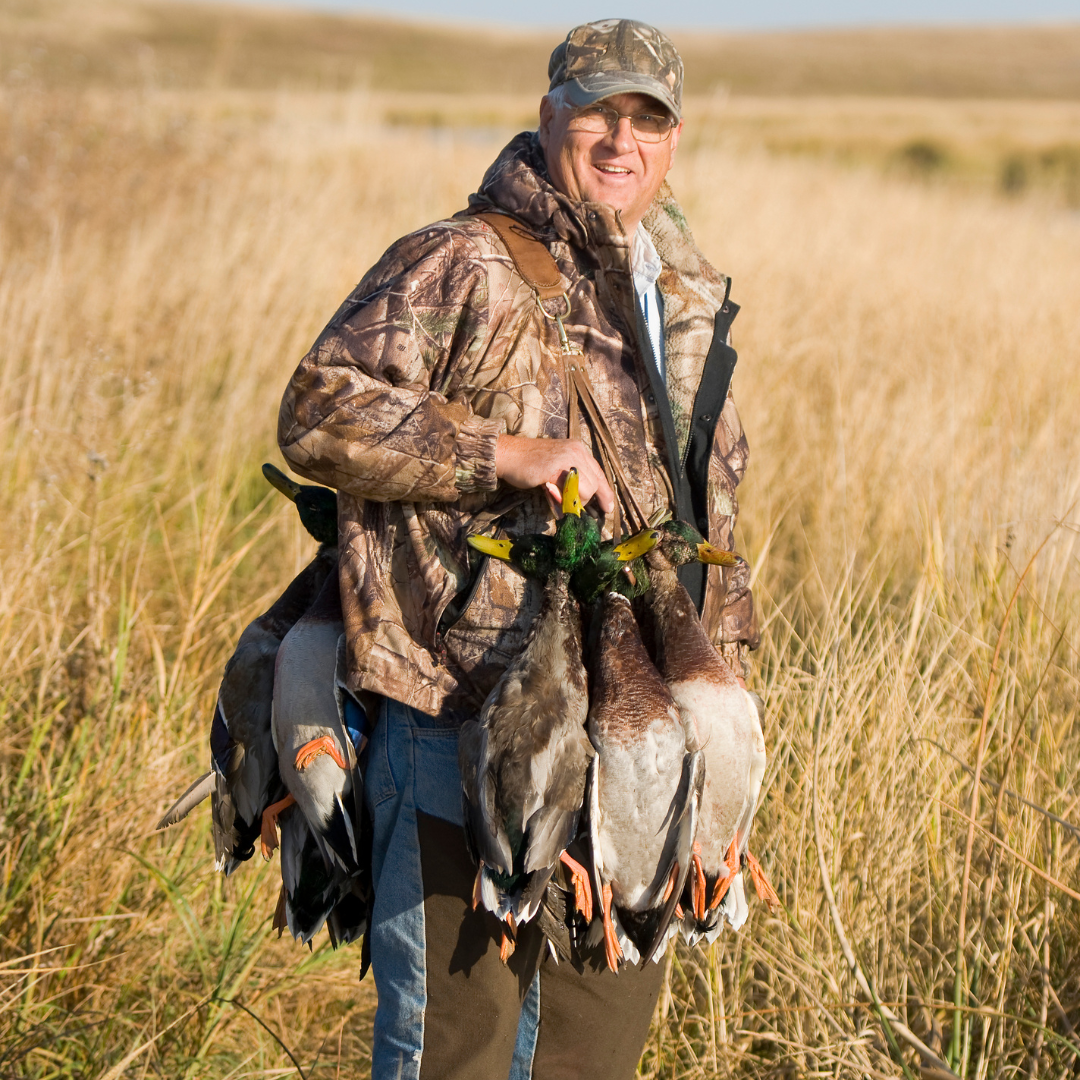Mastering the Art of Tracking and Hunting Game with Shawn's Outdoor Journeys
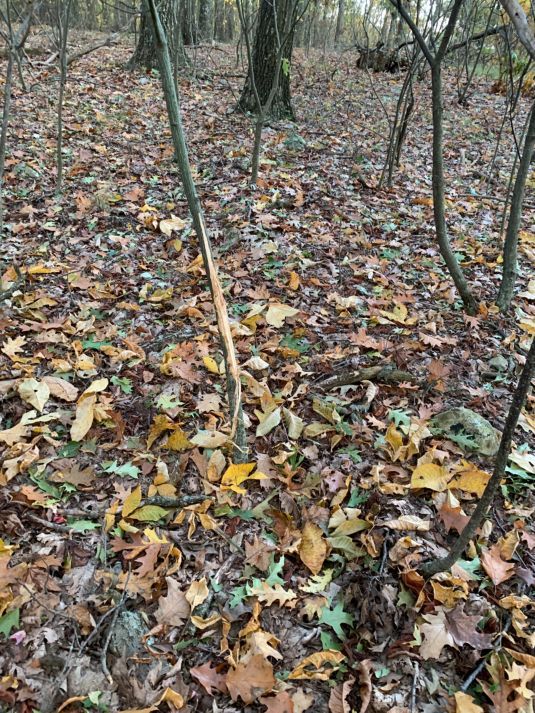
Welcome to Shawn's Outdoor Journeys, where we believe that the thrill of the chase and responsible hunting practices go hand in hand. In this blog post, we'll dive deep into the art of tracking and hunting game, providing you with step-by-step guidance and practical advice to enhance your skills. Let's embark on a journey of discovery as we explore the techniques and strategies that will help you become a successful tracker and hunter.
The Basics of Tracking: To become an effective tracker, start by studying animal tracks and identifying different species' footprints. Familiarize yourself with the characteristics of each track, such as size, shape, and depth. Learn how to determine the direction of travel and the age of the tracks. Practice tracking in various terrains to develop your skills in different environments. Consider joining tracking workshops or hiring a mentor to gain hands-on experience and receive personalized guidance.
Reading the Landscape: While following tracks is crucial, it's equally important to understand how animals interact with their environment. Pay attention to signs such as scat, rubs on trees, and broken vegetation, as they can reveal valuable information about the presence and behavior of game. Take note of natural features like water sources, food plots, and bedding areas that attract animals. By analyzing the landscape, you'll improve your ability to anticipate where game is likely to be and plan your hunting strategy accordingly.
Advanced Tracking Techniques: Once you've mastered the basics, advance your tracking skills with more specialized techniques. Learn to distinguish between individual animals within a species by examining variations in tracks. Study animal behavior patterns, such as how they move during different times of the day or in response to weather conditions. Use tracking tools like binoculars or spotting scopes to observe game from a distance without alerting them. Additionally, consider using trail cameras to monitor game activity in specific areas.
Hunting Strategies and Tactics: Combine your tracking skills with effective hunting strategies to increase your chances of success. Scouting is essential—explore the hunting area beforehand to locate game trails, feeding areas, and potential ambush sites. Based on your observations, choose an appropriate hunting stand or blind that provides good visibility and conceals your presence. Employ hunting tactics such as spot-and-stalk, still hunting, or calling techniques depending on the game you're pursuing. Practice patience, as successful hunts often require waiting for the right opportunity.
Ethical Considerations and Conservation: Responsible hunting involves ethical considerations and a commitment to conservation. Respect wildlife habitats and adhere to hunting regulations and bag limits set by local authorities. Practice selective harvesting, targeting mature animals to maintain a healthy population. Contribute to conservation efforts by participating in programs that support habitat restoration and wildlife management. Additionally, always prioritize safety by following proper firearm handling procedures and wearing appropriate protective gear.
Tracking and hunting game is an art that requires patience, skill, and ethical responsibility. By mastering the techniques of tracking, reading the landscape, and employing effective hunting strategies, you can enhance your hunting experiences and increase your chances of a successful harvest. Remember to always prioritize safety, respect for wildlife, and adherence to hunting regulations. With dedication, practice, and a commitment to responsible hunting, you can embark on unforgettable adventures in the pursuit of game. Happy hunting!
